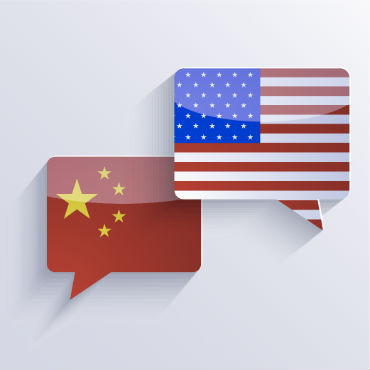China dispatch: Students, trade and technology parks

Steve Kelman rounds up observations from his trip to Chengdu.

Here’s a trio of Chinese miscellany gathered on my recent trip:
A new silicon city. Perhaps the most interesting thing the group of Kennedy School students I was chaperoning saw was in the southwestern Chinese city of Chengdu (home of China’s pandas, which were a close runner-up). A massive technology manufacturing and R&D center has been built as a southward extension of the existing city, completely transforming Chengdu.
The Chinese, who love stereotypes (there’s a stereotype!) will virtually always tell you that Chengdu people are relaxed and laid-back to the point of laziness, and that they have the prettiest women in China. Western China is generally poorer than the eastern coast, and the development of this enormous new city represents a decision by the central government to invest in Chengdu as a center for economic development of this region of China. So within a few years, on what had been mostly farmland, an enormous jungle of skyscrapers and factories has grown up to attract technology companies.
Microsoft, IBM, and other U.S. companies have already located R&D here (no Apple, though), and Foxconn, the Taiwanese contract manufacture that employs hundreds of thousands of Chinese making computer and phone components, has moved a major part of its manufacturing to Changdu. This is enormous investment, appearing in what by historical standards is an instant. And it is certainly not a masterpiece of charm or human scale. We’ll see if it works.
Another big export. We hear a lot about the enormous influx of Chinese students into the United States. It turns out, though, that China itself has raced ahead of other foreign-student leaders such as Australia and France, and now has more foreign students than any country but the United States and United Kingdom.
Ranking the trade. Speaking of ranking tables, here are two other factoids I saw in the Chinese media: Last year China overtook France and Italy to become the largest global market for wine. (Eighty percent of it is produced domestically, and the answer to your question is, “Terrible.”)
Also last year, South Korea became the world’s biggest source of imports to China, surpassing Japan. The United States is the third-largest source of imports to China, and China is also the third-largest export market for the U.S.
NEXT STORY: Making the case for more contests


